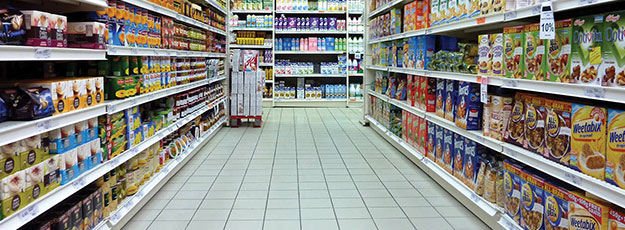Mozambique: Maputo hosts first Corporate Governance Congress
Mozambique: Cost of living up 20 percent at the start of 2017

O País
The cost of living in Mozambique remains high, although it has registered a relative decline in relation to the last months of last year.
Figures from the National Statistics Institute (INE) indicate that the general price level increased by 20.56 percent in January this year when compared to January 2016 (year-on-year inflation). This is 3.11 percentage points (pp) less than between December 2016 and December 2015.
Figures from the three largest cities in the country, namely Maputo, Beira and Nampula, also known as the Consumer Price Index (CPI), show that inflation in January compared to December increased 2.15 percent, a deceleration of 0.39pp compared to a rise of 2.54 percent in December compared to November 2016.
According to the INE’s newsletter, from the point of view of annual inflation, the price increases of the clothing and footwear divisions with 30.65 percent and food and non-alcoholic beverages with 29.95 percent had significant weight.
On a monthly basis, that is, January inflation compared to December, there was a rise of 2.15 percent, a deceleration of 0.39pp compared to a rise of 2.54 percent in December compared to November 2016. Between December 2016 and January 2017, food and non-alcoholic beverages were again among the products whose prices increased the most, with a contribution of 1.39pp.
Looking at prices per product, there were increases in the price of tomatoes (20.0 percent), coal (13.1 percent), coconut (17.6 percent), peanuts (12.9 percent) , horse mackerel (4.6 percent), and butter beans (7.8 percent). These products added about 0.97 pp to the total monthly inflation.
INE also noted that the city of Beira registered the highest monthly inflation (2.97 percent), followed by Nampula with 2.92 percent and Maputo with 1.46 percent. In year-on-year terms, the trend was similar: Beira saw the largest increase in the general price level with 24.20 percent, while Nampula and Maputo registered price increases of 22.97 percent and 18.13 percent respectively.
Last year was characterized by historic price rises in the country, which significantly reduced the purchasing power of households and businesses. Inflation closed the year with an average of 19.85 percent, one of the highest in recent years. The cause was linked to the deterioration of almost all the macroeconomic indicators, mainly the depreciation of the metical against the US dollar and the rand of South Africa. One dollar saw a jump from 30 meticais to more than 80 in approximately one year, which significantly increased imports costs during a scenario of deep domestic production deficit and consequent high import dependence.
The central bank has established an inflation target of 14 percent for 2017, well below last year’s levels.












Leave a Reply
Be the First to Comment!
You must be logged in to post a comment.
You must be logged in to post a comment.